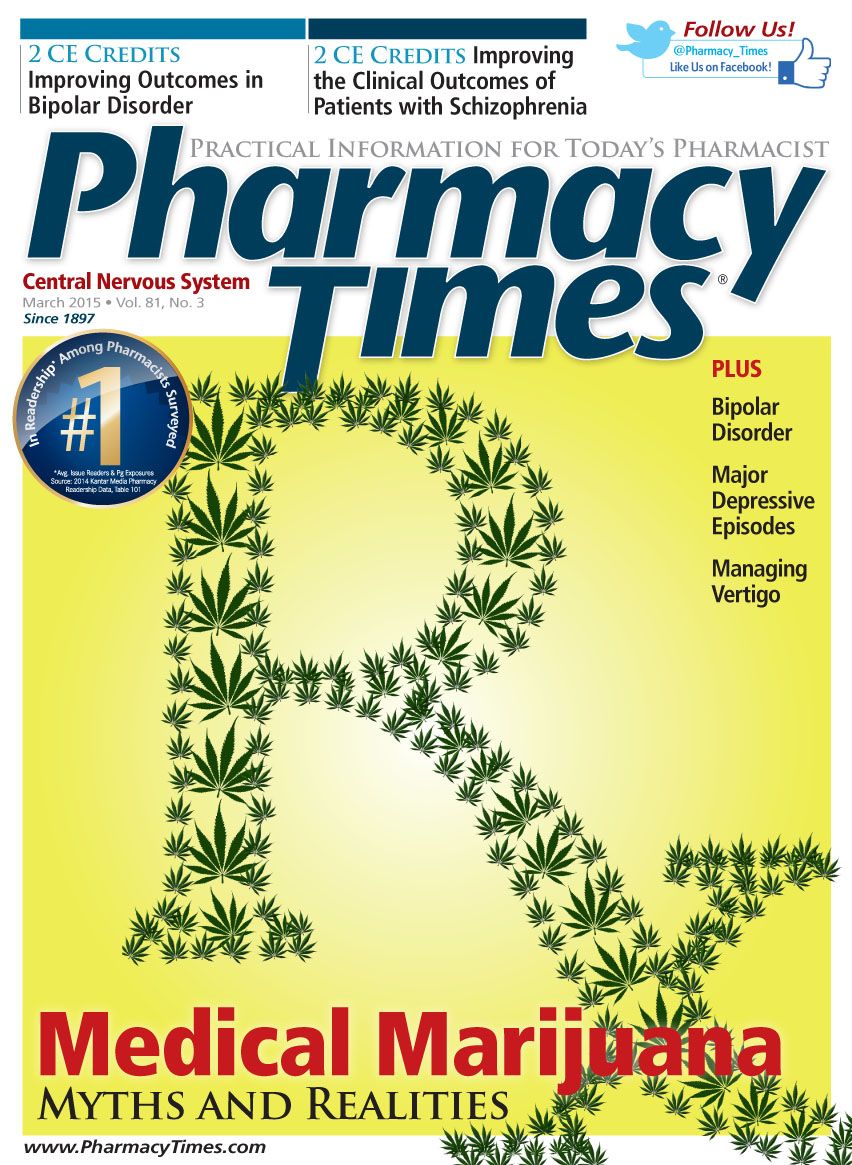The "Internet of Things" that Can Change Health Care
At this year's International Consumer Electronics Show, the show-stealing technology was not a fancy new tablet, a wearable device, or a smartphone with lots of features. Instead, the technology category to which those products belong became the show's sweetheart.
At this year’s International Consumer Electronics Show, the show-stealing technology was not a fancy new tablet, a wearable device, or a smartphone with lots of features. Instead, the technology category to which those products belong became the show’s sweetheart.
Known as the Internet of Things, the category’s products include anything that can connect to the Internet and communicate data, regardless of whether those products pertain to health or other areas. Wellknown Internet of Things products include Wi-Fi—controlled thermostats and smart door locks, as well as the smartphones used to control these devices. The collected data are often stored on a cloud server or another vendor server, and device features include trend tracking and reminders based on time or location.
In a 2014 report on the technologies, information technology research and advising company Gartner Inc estimated that the Internet of Things will include 25 billion technology units by 2020.
The products also extend to health care and have the potential to improve care across the provider spectrum, proponents state. Although many devices cater to individual patient needs or goals, the ability to share data with family members or providers can also create avenues for personalizing health care.
Within pharmacy, uses for Internet of Things technologies are still evolving, Pharmacy Times contributor Timothy Aungst, PharmD, notes. Still, the ability to track, store, and analyze data in real time can offer a number of advantages for patients and their health care providers.
“What is most fascinating about all these developments is that patients will soon be able to track their overall health at all times, before their providers and health care team will know,” Dr. Aungst said in an interview with Pharmacy Times. “This is a huge change from when patients would only get their vitals and laboratory tests done in an office, and had to wait until the data was mailed to them. . . This change may inspire patients to take more charge of their health, but also leaves them to interpret their health. As such, a new conversation may develop about how to communicate with patients about their devices and data tracking, informing them what matters clinically, and resolving health issues that require further assessment.”
Despite the technologies’ newfangled nature, several options for pharmacy have emerged. Smart pill bottles and ingestible pill sensors can confirm medication adherence, whereas other technologies can monitor a patient’s vital signs and provide real-time data collection, Dr. Aungst said. That data, in turn, can be integrated into an overall care plan and could be used to expand the pharmacist’s patient care opportunities.
Despite this, most of the technologies remain in an exploratory phase, although several pilot programs and ongoing studies are assessing where to incorporate the technologies.
“What this really comes down to for pharmacy and pharmacists is that mobile and technology options offer the opportunity for increased patient engagement,” he said. “On one hand, this can increase the relationship between patients and opportunities to expand clinical practice, but there may be several limitations. This includes scalability, education of patients, ability to use technology in care, and overall cost… Other issues are keeping pharmacists up-to-date on these technological changes and how they can be incorporated into practice.”

